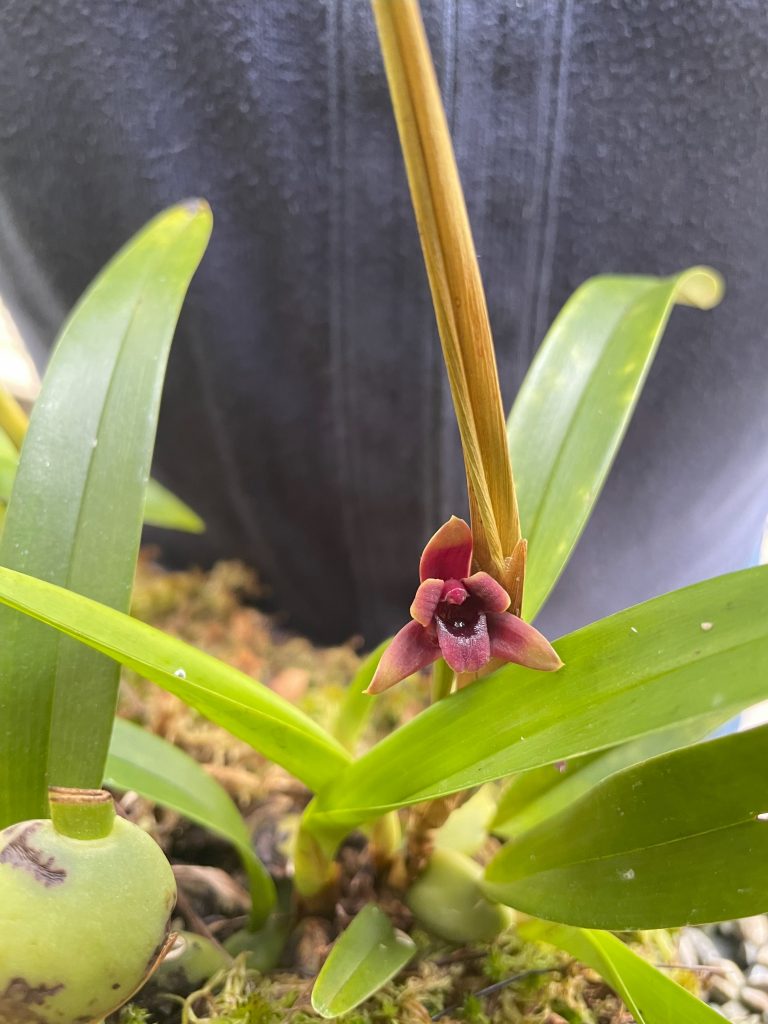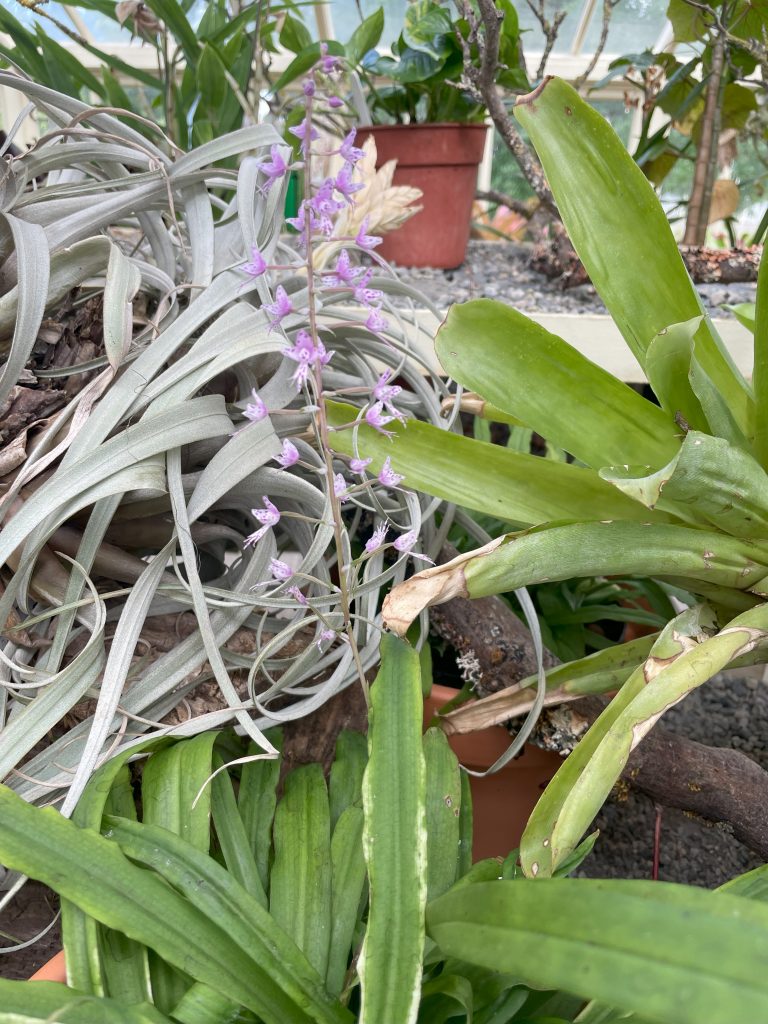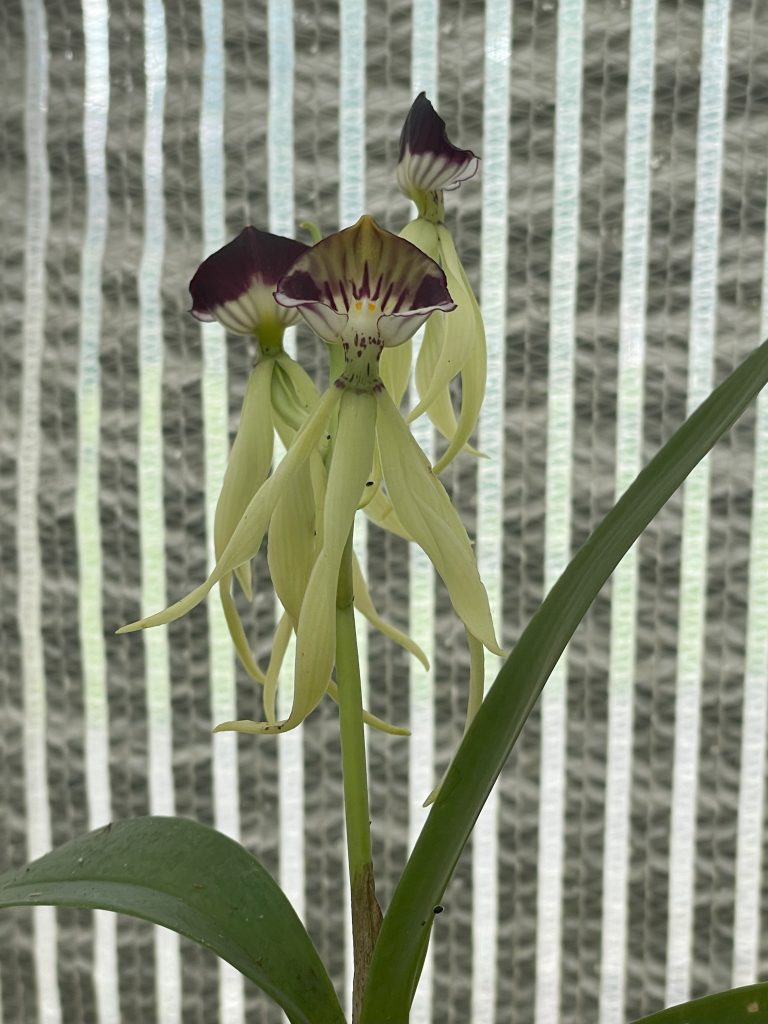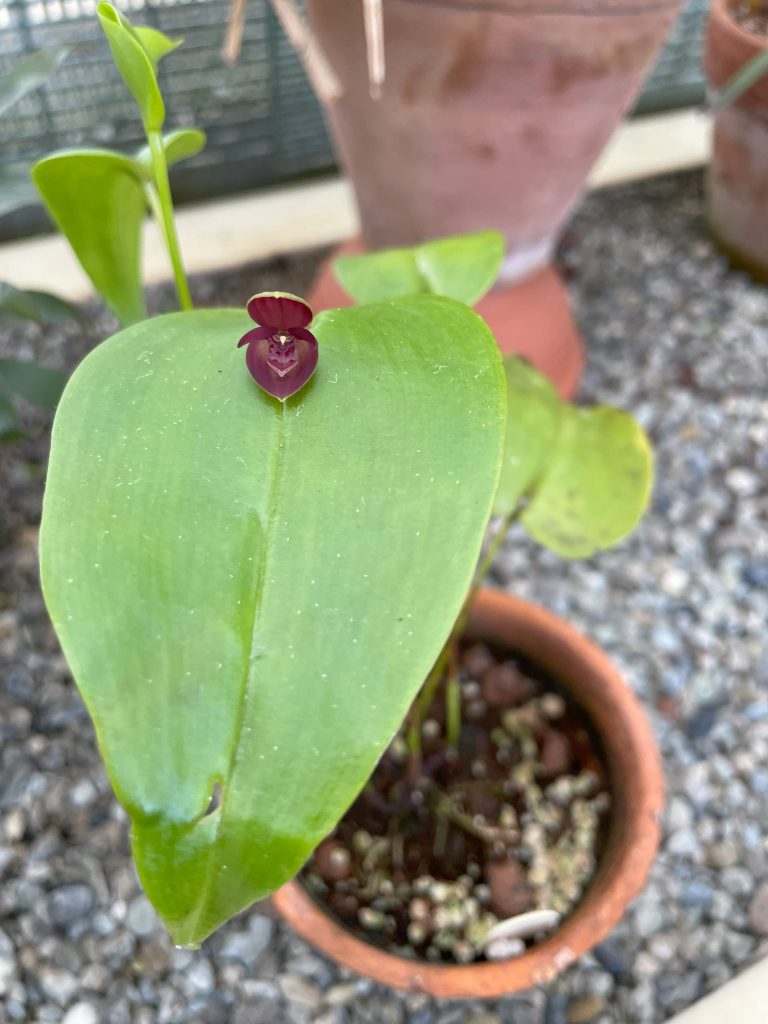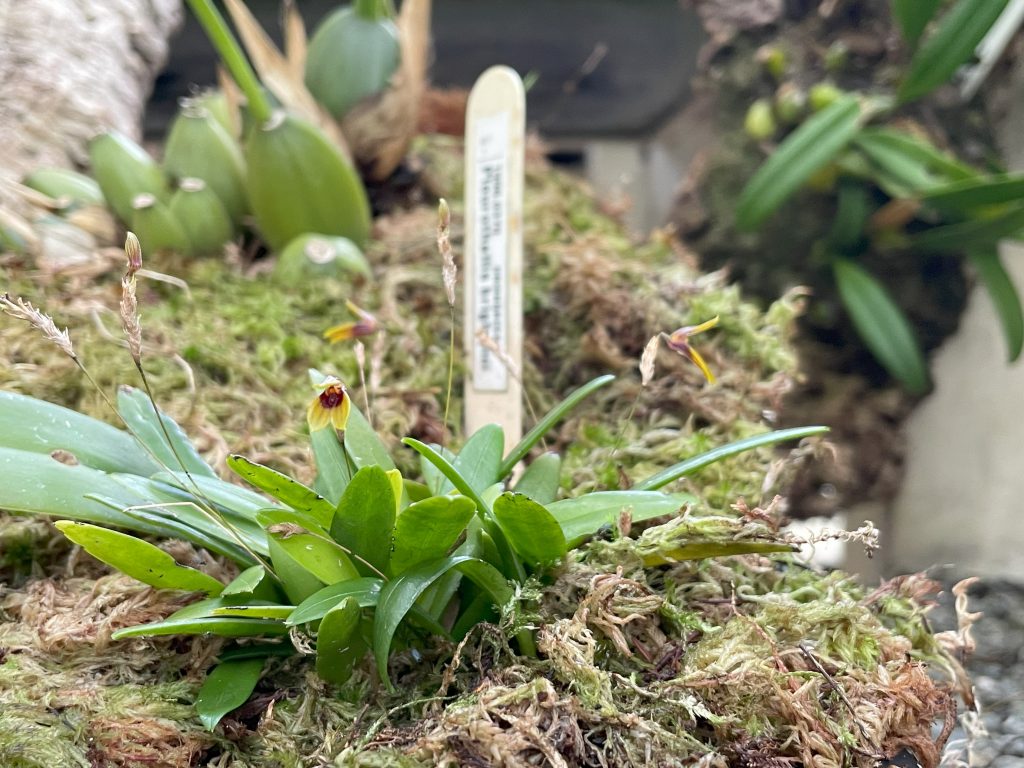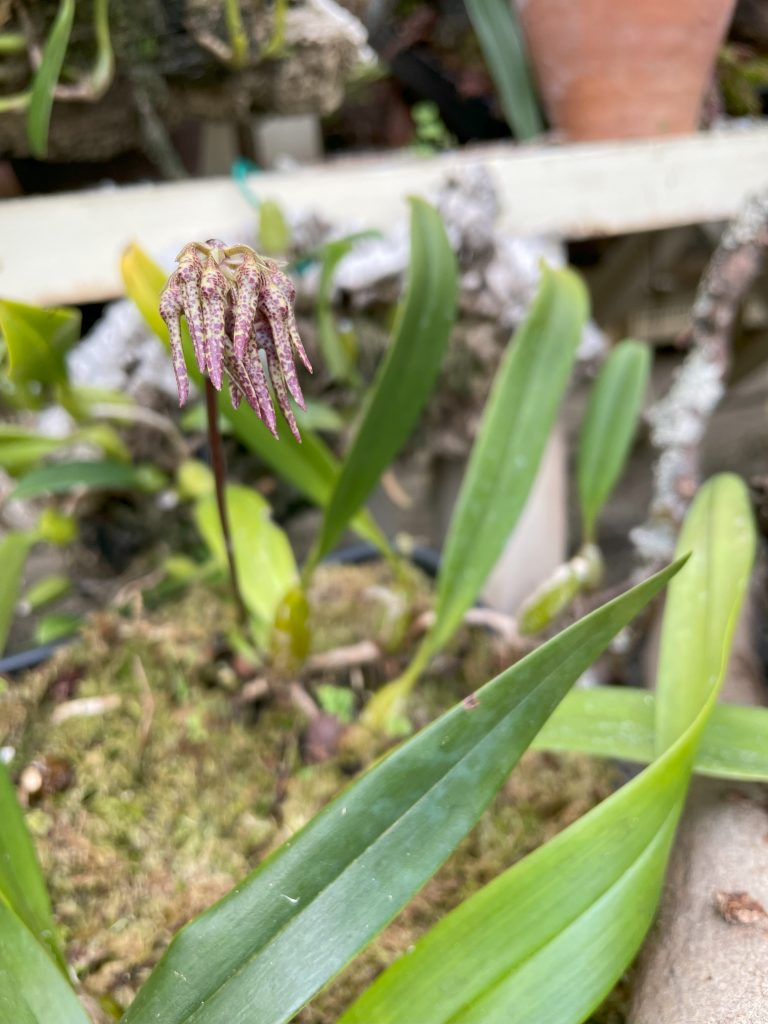The Orchid House at the National Botanic Gardens has reopened and we paid a visit to see what is in flower.
Thankfully a mid-week day in July was dry and the perfect time to visit the newly refurbished orchid house at the NBG in Glasnevin. Summer isn't usually a time you'd get many orchids in flower. Eschewing the flouncy blooms of autumn; summer is a season when you may have to spend a bit of time with careful observation. The reward is rarity in miniature.
This doesn't mean that showy colour is absent, the house is peppered with hybrids including Miltassia, Colmanara, Beallara, and Zygopetalum.
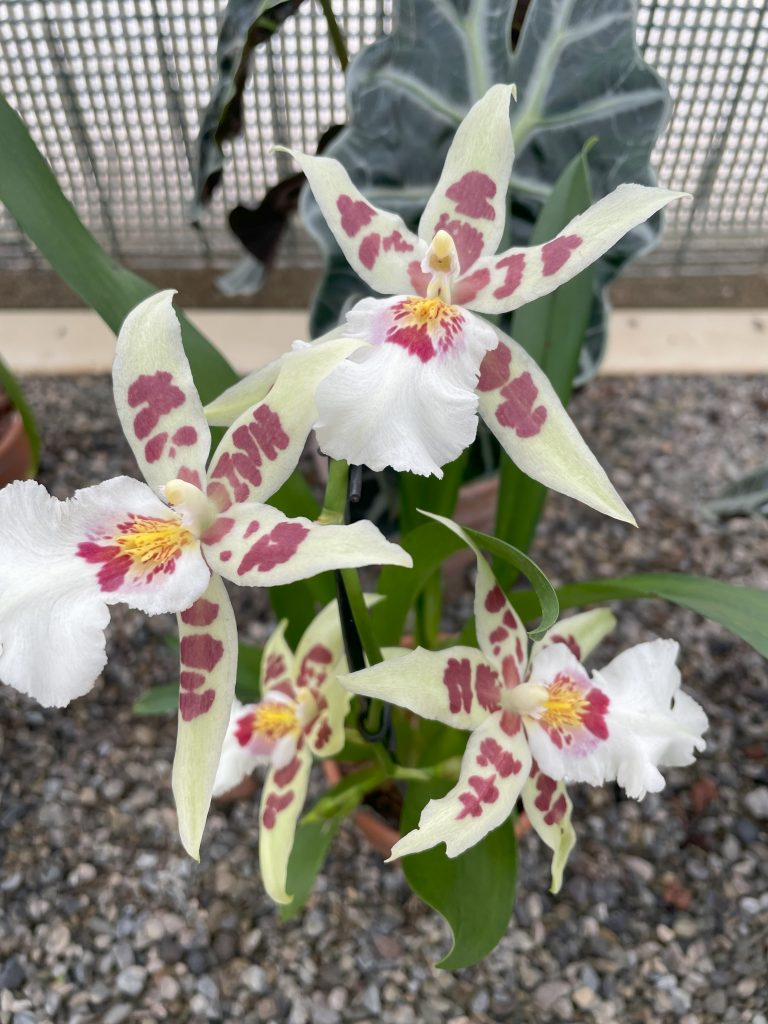
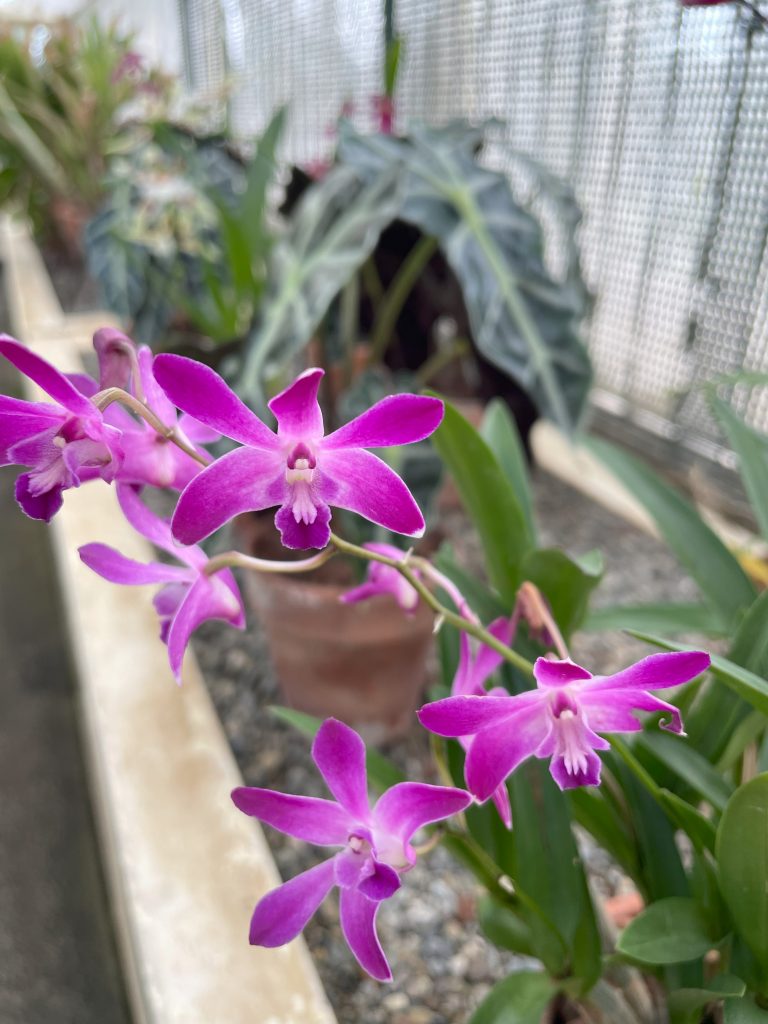
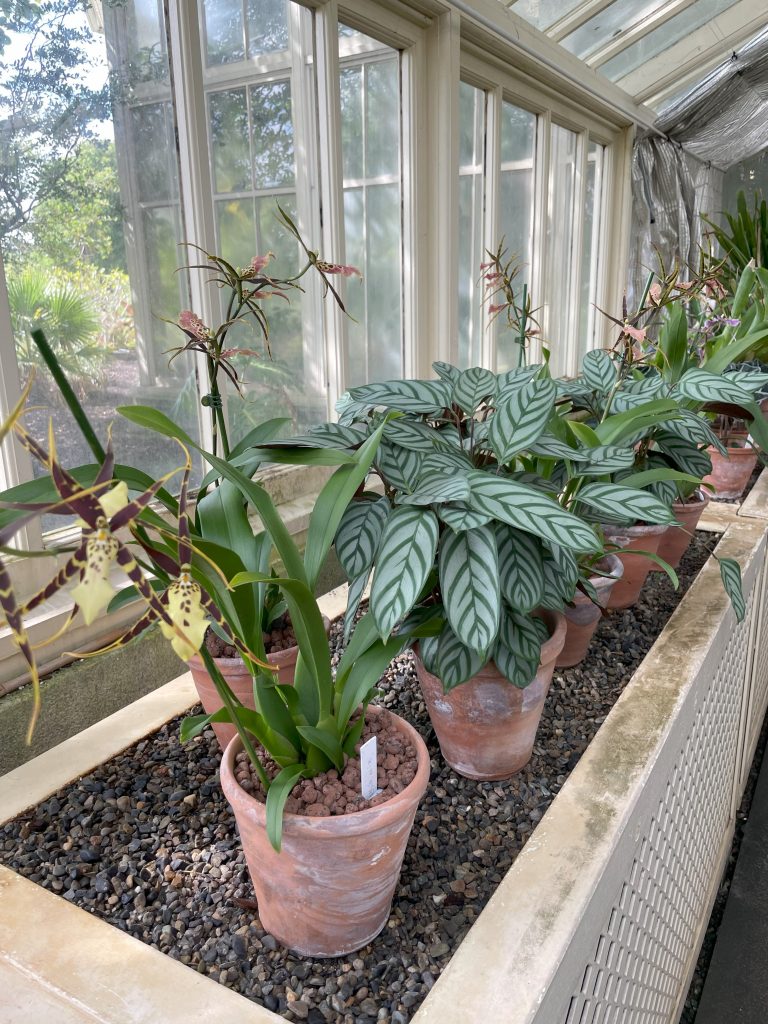
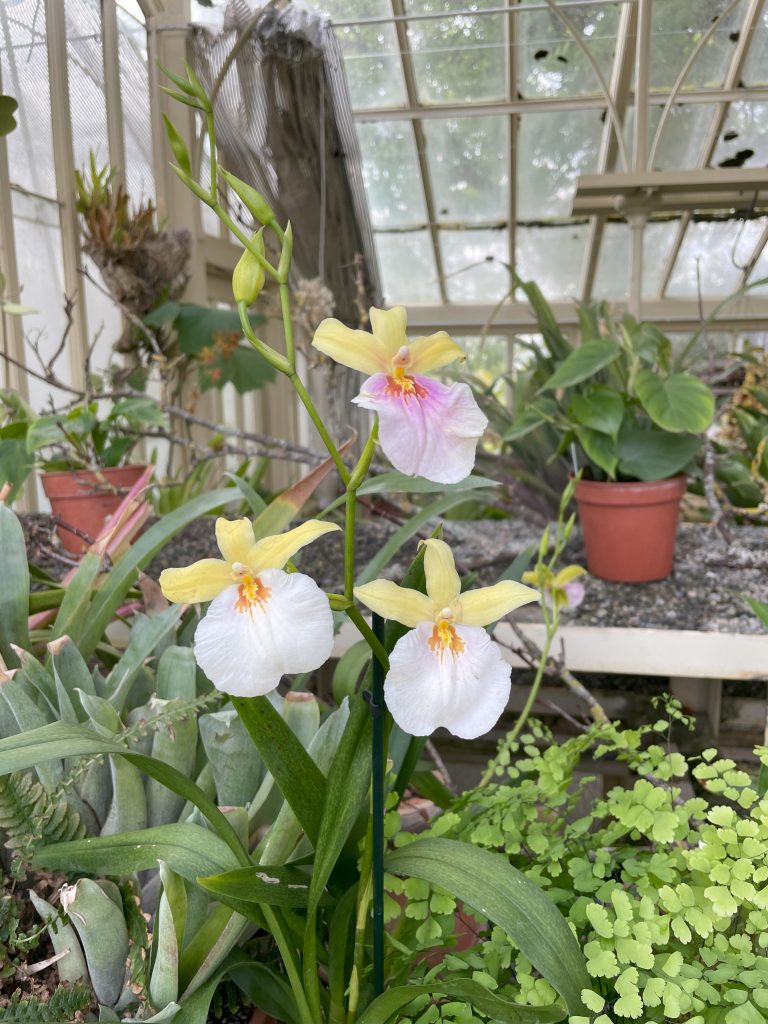
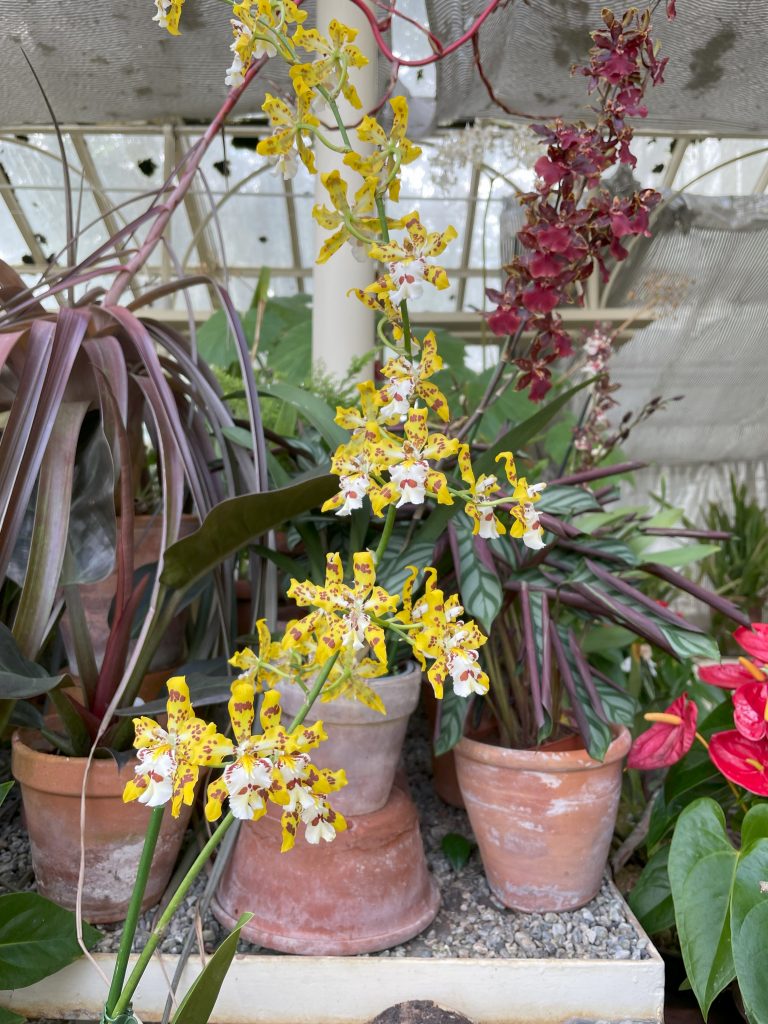
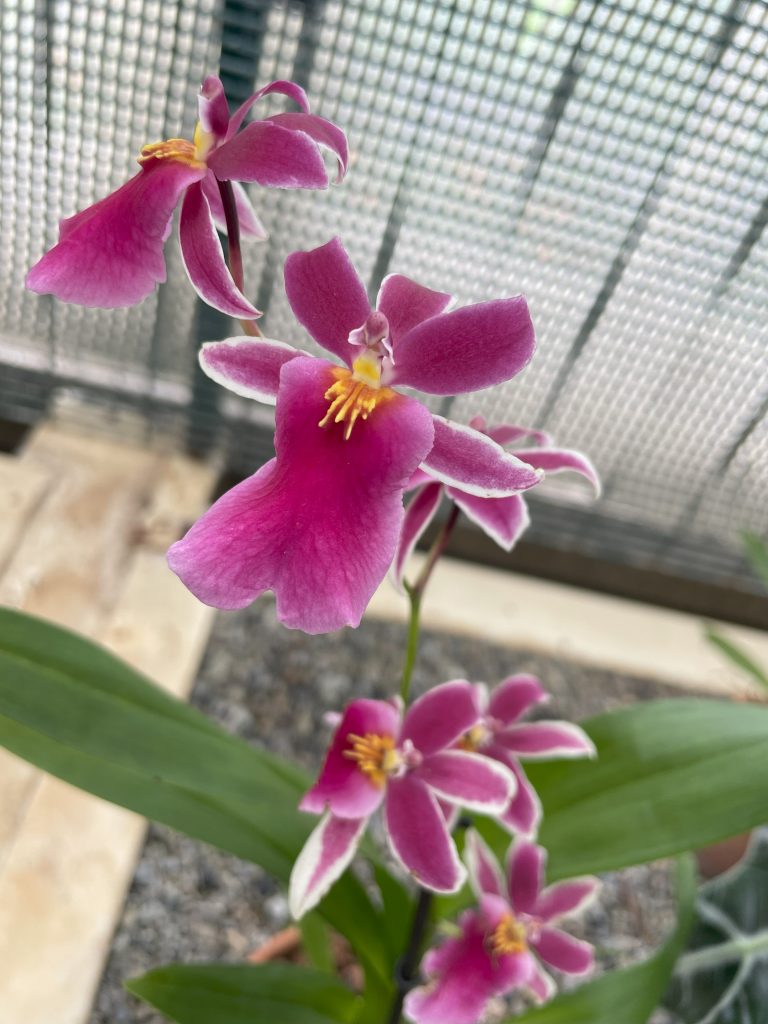
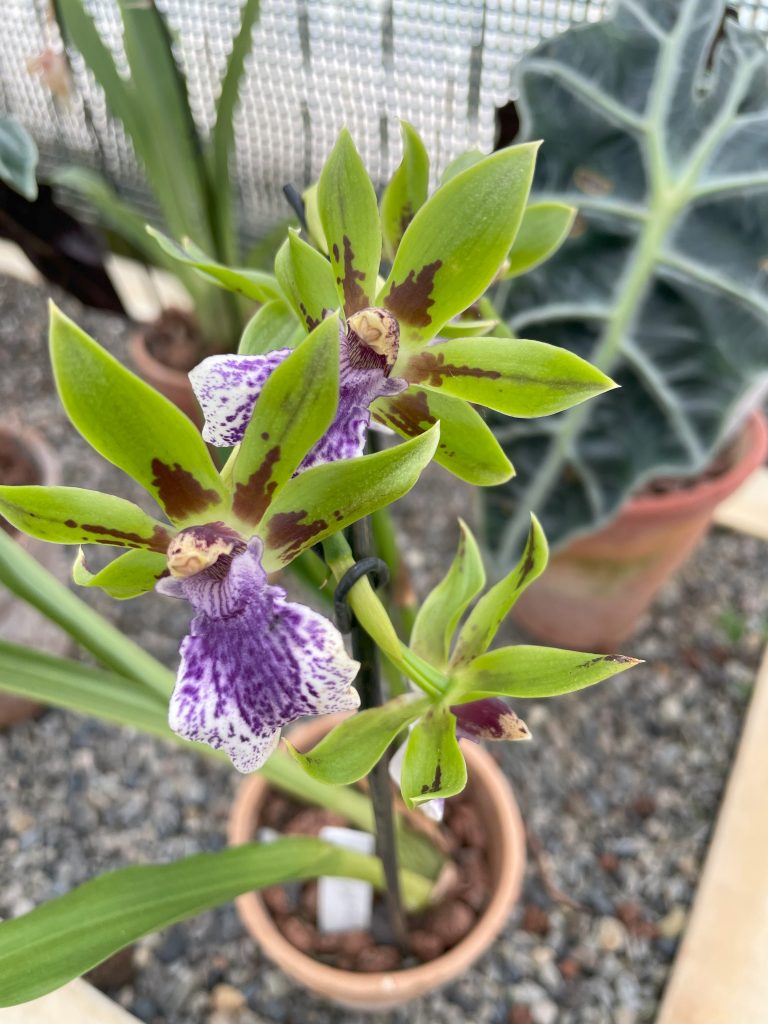
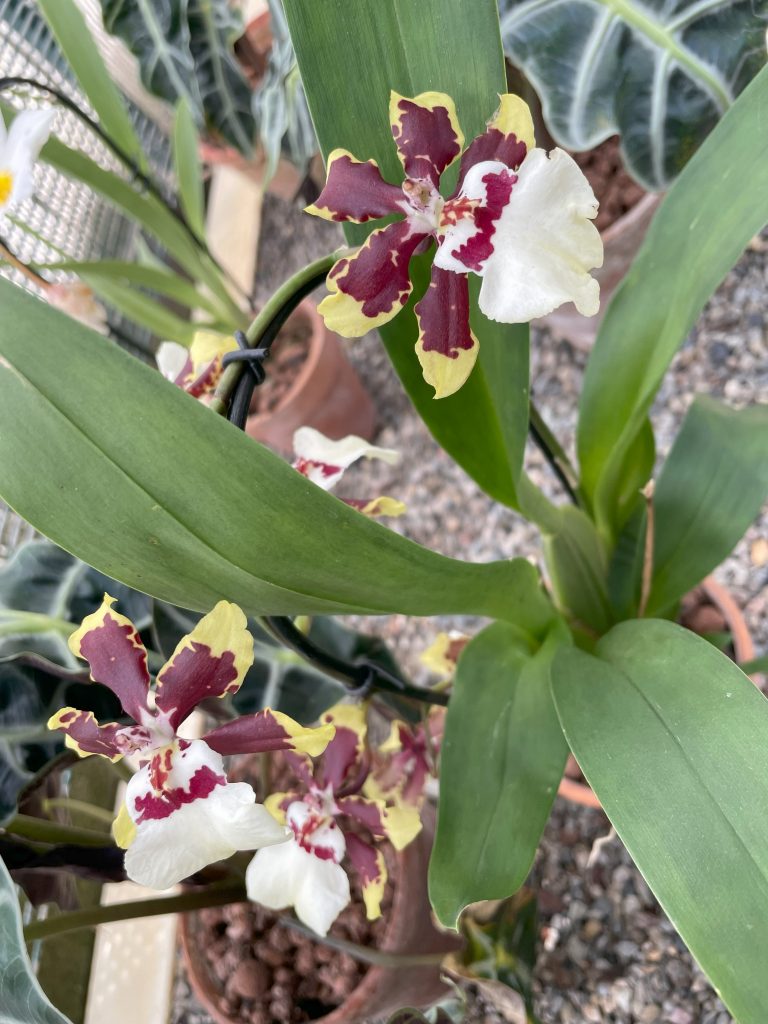
Throughout the house there are mossy displays of some very miniature orchids. It is these that the enthusiast may find most appealing. Sometimes these tableau required a second or third close inspection to see the magic they're hiding.
There are a couple of pots of Stenoglottis longifolia. A Southern African terrestrial species native to Mozabique, Eswatini, and KwaZulu-Natal in South Africa.
There is a small specimen of Prosthechea cochleata, The species is native to Northern America (USA : Florida and Mexico), Central America (Belize, Costa Rica, El Salvador, Guatemala, Honduras, Nicaragua and Panama); Southern America (Colombia, French Guyana, Guyana, Surinam and Venezuela) and Caribbean (Bahamas, Cayman Islands, Cuba, Dominican Republic, Haiti, Jamaica, Leeward Islands, Puerto Rico, Venezuelan Antilles and Windward Islands), where it grows in the semi-deciduous forests as well as in the humid evergreen ones up to about 2500 m of altitude. It enjoys warm humidity, can cope with a drop in temperature but prefers a night time min of no less than 14C.
Now things get very small, and a casual observer would easily miss some little gems in the National Botanic Gardens' collection.
Another Central American orchid in flower is the epiphyllous Pleurothallis cardiothallis.
The native range of this species is Mexico to Ecuador. It is an epiphyte and grows primarily in the wet tropical biome.
Another Pleurothallis is located in one of the mossy displays, Pleurothallis brighamii is caespitose in habit (growing in a tight clump). Flowers appear successively from the spike.
One that will require a return visit is a small Bulbophylum on the cusp of opening.
This diverse genus with over 2000 species is renowned for having some of the most peculiar perfumes. Some attract carrion insects so the scent is rotten flesh. Some others have been described as smelling of camphor or Vicks, turpentine and other chemical compounds usually found in the lab.
The specimen here is named just Bulbophylum, if the author learns more, this post will be updated.
Finally there is a red form Maxillaria variabilis, unfortunately the flower is turned away from the path, so a little steady hand photography was required to get a good view.
The range of this species is from Mexico to Northwest Venezuela. Its a warm to cool growing orchid, and is found growing on or below trees, in open or dense humid forests at elevations of 500m to 2500m. It can be terrestrial, lithophytic, and also epiphytic.
The long lasting flowers of this species are found in bloom continuously throughout the year, flowering from the base of the pseudobulb. Its species name, variabilis, is derived from the Latin word, which means ‘variable’ or ‘changeable’, in reference to its flowers that can bloom in a variety of colours. Depending on the particular individual or cultivar, the flowers can be white, yellow, dark orange, greenish-yellow, dark red or red-brown. The flowers have a floral or musky scent.
